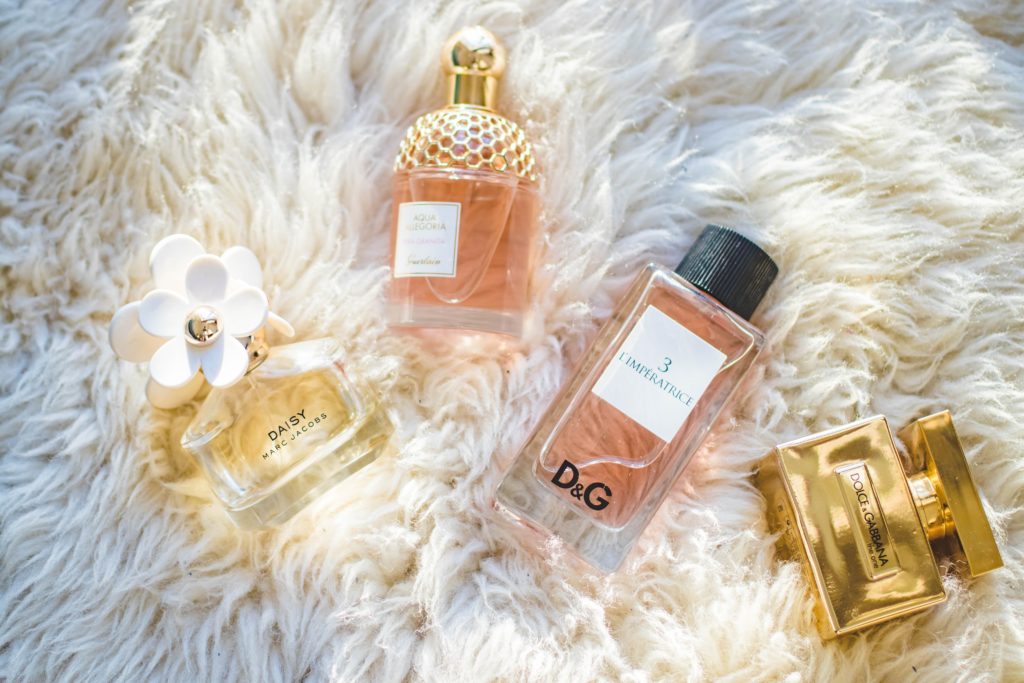While accessible luxury is not a new market concept, it seems particularly suited to the current period. While the luxury sector has never been in better shape, paradoxically, inflation is affecting all social strata.
More and more luxury players are seeking to broaden their customer base by making themselves more accessible. While the commercial opportunities are obvious, don’t the major luxury houses risk damaging their image and the desirability that is the very essence of luxury?
Christine Garabedian, Sales and Consulting Director of Altavia Disko and an expert in luxury marketing, explains the importance of maintaining exclusivity while expanding the customer base.
Are luxury houses’ initiatives to make themselves “accessible” new?
C.G : The phenomenon has been around for over 20 years. In the 2000s, H&M pioneered the movement by collaborating with luxury houses such as Karl Lagerfeld and Balmain to create capsule collections.
These collections featured items branded with the luxury houses’ names and were sold at very affordable prices. They were a huge success, selling out in just a few hours both in stores and online. This approach is known as “mass-tige,” a combination of mass-market logic and a more exclusive, prestigious approach.
Ultimately, this is a win-win situation for both parties. Luxury brands broaden their audience and often gain in modernity, while mass-market brands get a short-lived boost by offering a nice advertising coup and moving upmarket for the duration of the collection.
Is accessible luxury primarily a marketing tool for luxury houses?
C.G : Yes, exactly! Often, accessible luxury takes the form of one-off collaborations that allow luxury houses to appear more relevant in today’s world while showcasing their artistic and artisanal qualities. For example, luxury brands can revisit products from the casual wardrobe and give them a high-end touch. One successful example is the collaboration between NIKE and JACQUEMUS, which reinterpreted women’s sportswear for all body types.
Another example is the collaboration between NIKE and TIFFANY, where the two brands partnered for the first time to create a legendary pair of sneakers. The famous sneaker brand, experienced in such collaborations, revisited the iconic Air Force 1 for its 40th anniversary. These collaborations offer a win-win situation for both luxury and mass-market brands, allowing them to broaden their audiences and gain visibility.
Finally, is accessibility no longer limited to price, but also includes notions of representativeness and the sharing of certain values?
C.G : Yes, that’s correct. Some luxury houses use collaborations to convey messages about the importance of highlighting minorities and promoting inclusiveness. For example, BALMAIN and BARBIE released a unisex collection that showcased diversity and inclusiveness by breaking away from the traditional pink of Barbie, blonde hair, and showcasing plural beauty.
In addition, these luxury houses take an anti-conformist stance towards elitist and highly coded luxury. For instance, BALENCIAGA collaborated with LAY’S to transform the brand’s crisps into luxury bags, which were sold for a “modest” sum of $1800. Such collaborations break down traditional barriers and allow luxury brands to connect with a broader audience while promoting inclusivity and anti-elitism.
Does accessibility also involve catering to the interest that generation Z has in luxury?
C.G : Yes, definitely. Inviting influencers like Léna Situation to fashion shows and events is a way for luxury brands to increase their visibility among young people. The closeness that influencers like Léna Situation share with their audience encourages brands to rethink their relationships with communities and adopt a more conversational approach. In essence, the goal is to make influencers the ambassadors of a more accessible luxury.
In conclusion, the marketing challenge for luxury brands is to create rarity through “accessible” exclusivity. This is another way to make themselves more desirable and attract the interest of younger generations.

